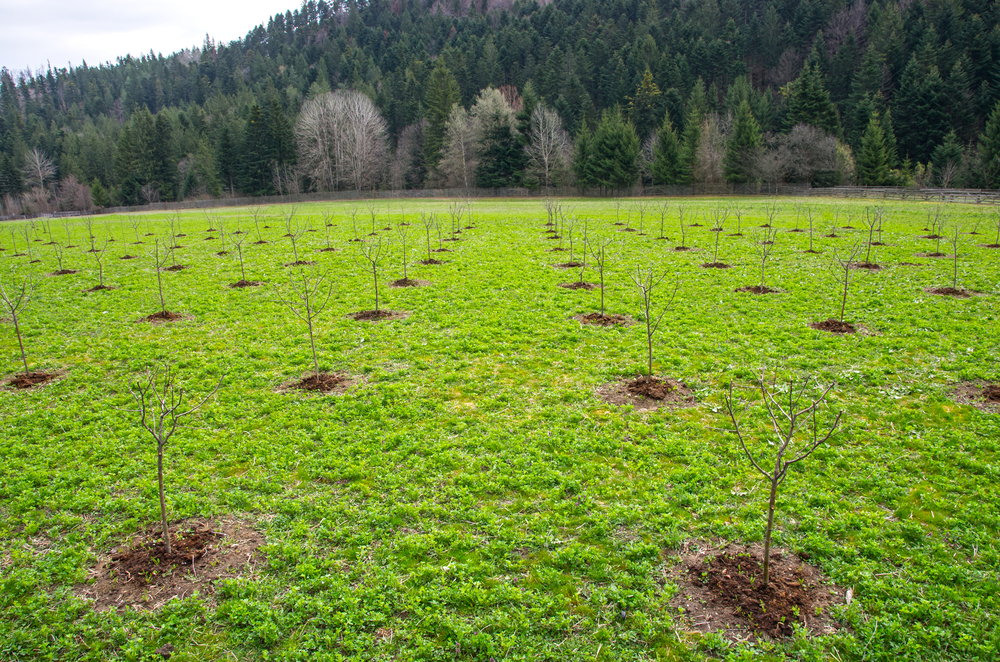
Diversification is key to making money on a homestead. And here are 35 ways to make a little – or a lot – of money from your homestead.
One of the key ways to branch out is to invest in growing trees.
There are a wide range of ways to make money from trees that you grow on your property.
In this article, we’ll take a look at some of these ways, and examine some of the ways that you might be able to maximise your investment.
Why Grow Trees?
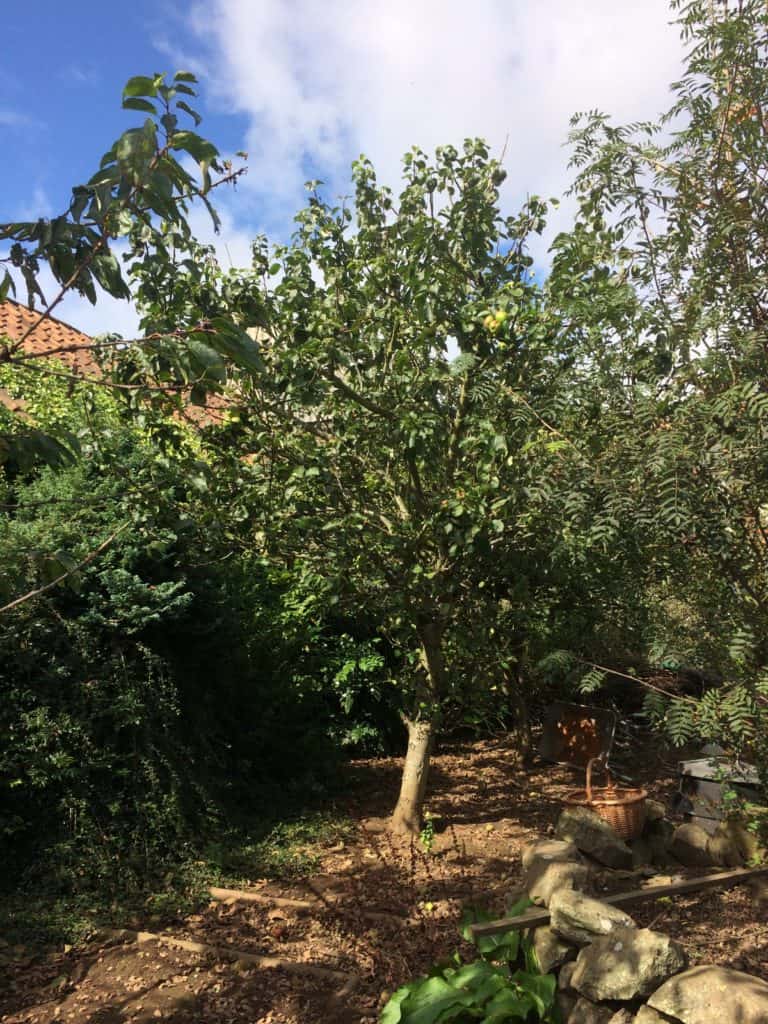
Growing trees can be a sound financial decision. But more than that, it can be an ethical thing to do.
Each tree you plant will release oxygen and sequester carbon from the atmosphere, helping in the fight against global warming.
What is more, trees also bring a range of other benefits. For example, they can:
- Bring rain to the land and play a crucial role in the world’s water cycle.
- Utilise renewable resources and catch and store energy.
- Store water and stabilise the soil.
- Protect the soil and increase surrounding soil fertility.
- Provide biomass for fuel needs and fertility.
- Give some shade from the sun.
- Provide wind breaks.
- Filter dust and clean the air of other airborne contaminants.
- Provide valuable wood, fruits, nuts, flowers, medicines and other resources for humans.
- Provide fodder, habitat and other resources for other livestock and wildlife.
How & Where To Grow Trees
When looking to monetise growing trees on your homestead, where and how exactly you grow them is a key consideration.
Traditionally, trees are often grown in mono-crop plantations, or single-crop orchards. But in order to increase productivity and yield, it is a good idea to consider diversifying into agroforestry.
Agroforestry is the concept whereby growing trees is integrated into traditional agricultural systems, and trees are grown alongside and between other types of crop.
Called agroforestry when applied to larger scale systems, this concept is also introduced to home gardens, where it is often known as forest gardening.
Exactly how and where you grow your trees will, of course, depend on the size and characteristics of your particular homestead.
On Larger Homesteads & Farms
On a larger property, there will of course by much greater potential to introduce larger plantations or orchards. You may well be able to introduce large stands of woodland or forest that you can manage and monetise (as well as using them to meet your own needs).
Trees can be introduced to shield your property from strong winds, busy roads or unwanted views, whilst also providing a source of income. They can be introduced into polyculture planting schemes, which provide multiple yields within the same area.
If you already have large areas of arable crops, there could be potential to introduce tree bands and shelter belts that can improve yield of your primary sources of income while also providing additional yields.
There may also be potential to plant up marginal areas of land, which are not suitable for other crops but which may be ideal for growing trees.
For example, trees could potentially be planted on less fertile ground, rocky areas, or steep slopes which cannot easily be cultivated for other crops.
Agroforestry techniques can also effectively and lucratively be combined with many forms of livestock farming. Sheep and goats, for example, along with various types of poultry, are ideal for pasturing amongst trees. Introducing trees to livestock areas could be an effective way to increase your yields and grow your profits.
In Smaller Homesteads or Gardens
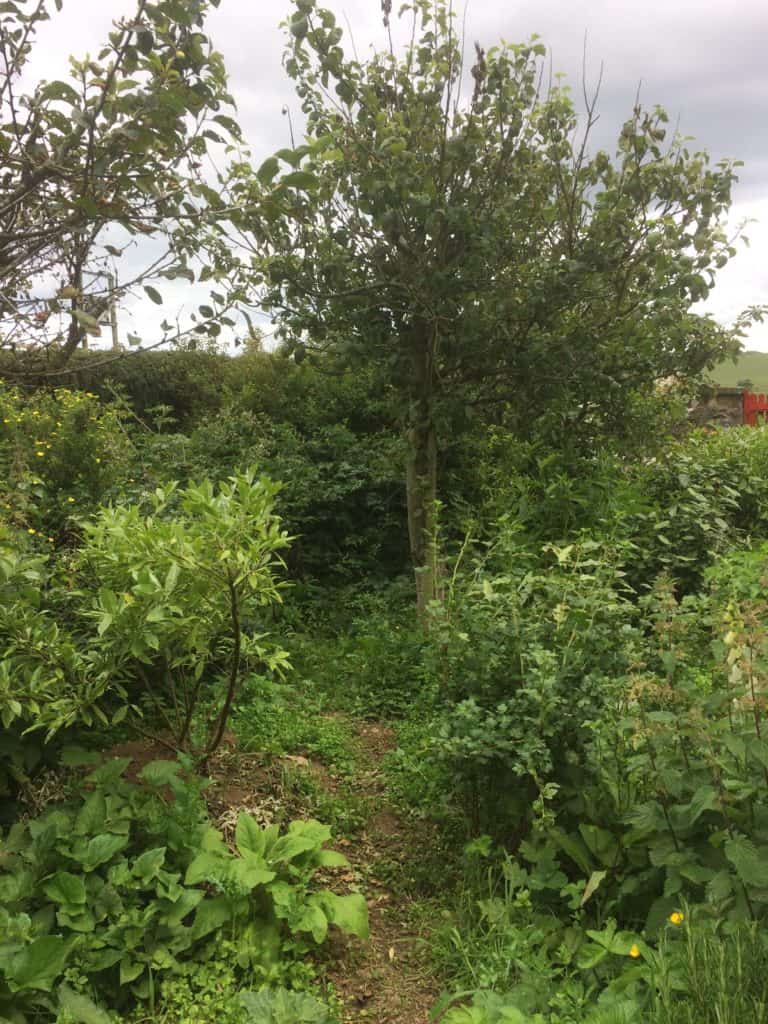
In smaller homesteads or gardens, where space is usually at a premium, growing trees can still be a fantastic investment. Small-scale forest gardens/ polyculture orchards can provide a wide range of different yields (some of which we will explore in more depth below). As above, trees can also be integrated into existing arable crop or livestock systems.
In small scale situations, there is also potential to grow young saplings – either in the ground or in containers, to sell on to other gardeners and growers. Dwarf trees, and bonsai trees could prove to be a good investment – providing profits in return for a much smaller investment in space/ land.
Whether you are able to grow a large number of trees, or just a few, processing the yield in order to give a higher-value product could potentially increase your revenue stream. (This idea, too, we will explore in more depth below.)
5 Ways To Make Money Growing Trees
Before you decide on where and how to include trees on your property, it is important to decide where you would like to focus your efforts, and which yields you would like to monetise. There are five main categories with potential for profit:
- Growing trees for their fruits or nuts. (And either selling these directly, or processing them into other products.)
- Growing trees for timber, which can be used for construction, furniture making, craft projects etc.. (And either selling timber direct, or using it to make other products for sale.)
- Growing trees for firewood – both for your own property and potentially for sale to others in the area.
- Raising saplings of trees which provide the above yields to sell on to other homesteaders and landowners.
- Growing other standard trees or bonsai trees for resale as ornamental plants for home gardens.
Of course, it is worthwhile remembering that some trees can offer more than one yield, and you may well be operating in more than one of these categories long-term.
But in order to make sure that your trees can provide a reliable income stream, it can be helpful to focus, and to consider one of these the primary goal of production before branching out any more.
Let’s explore each of these ideas in a little more depth, and consider ways in which profits can be maximised in each of these areas:
1. Growing Trees For Fruit or Nut Yield
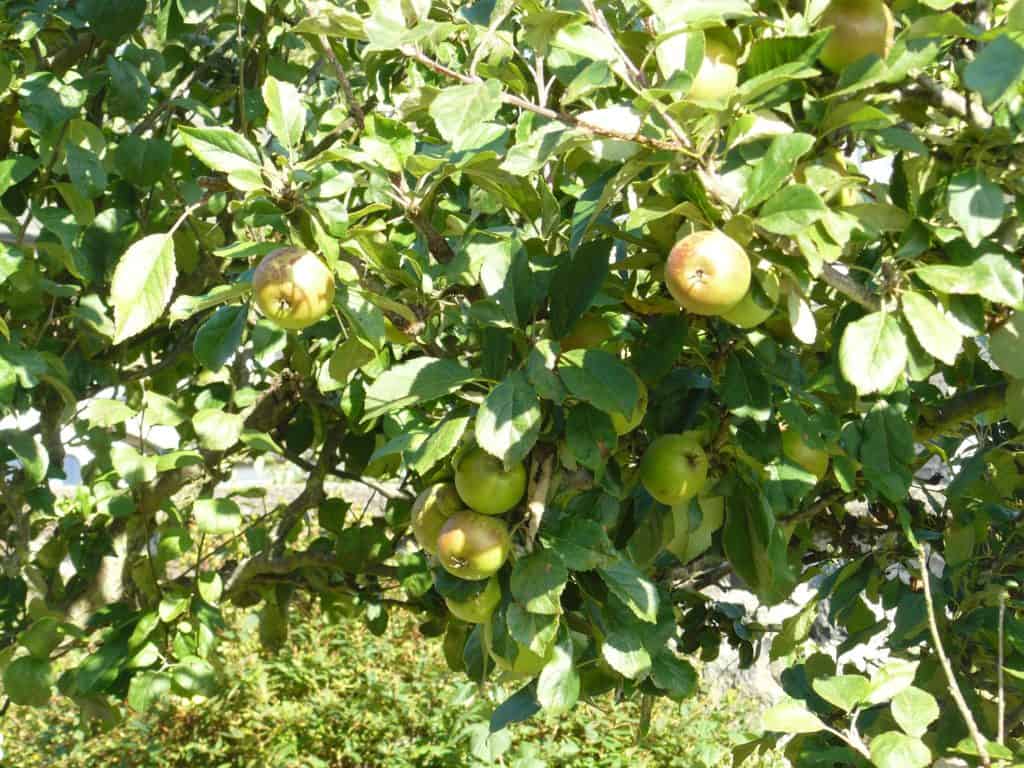
One of the most obvious ways to profit from growing trees is to plant trees which allow you to obtain a yield of fruit or nuts.
The trees that are viable for your to grow will of course depend on where you live, and the climate and conditions that are to be found there.
Some of the Most Profitable Fruit and Nut Trees
Heritage Fruit Trees:
When it comes to growing fruit, heritage varieties are best when it comes to maximising profit for small-scale and relatively small-scale growers. There has been a renewed interest in more unusual heritage varieties of crops like apple over recent years, which means that it can be easier to find a niche.
This also means that you can duck problems that arise when trying to compete with much larger-scale commercial producers.
Heritage varieties can be marketed easily, to consumers looking for a product that is less bland and more flavoursome than many commercial fruit varieties.
Heritage cultivars can also be considered for resale as saplings or young trees to home gardeners, who want to try something different.
Black Walnuts:
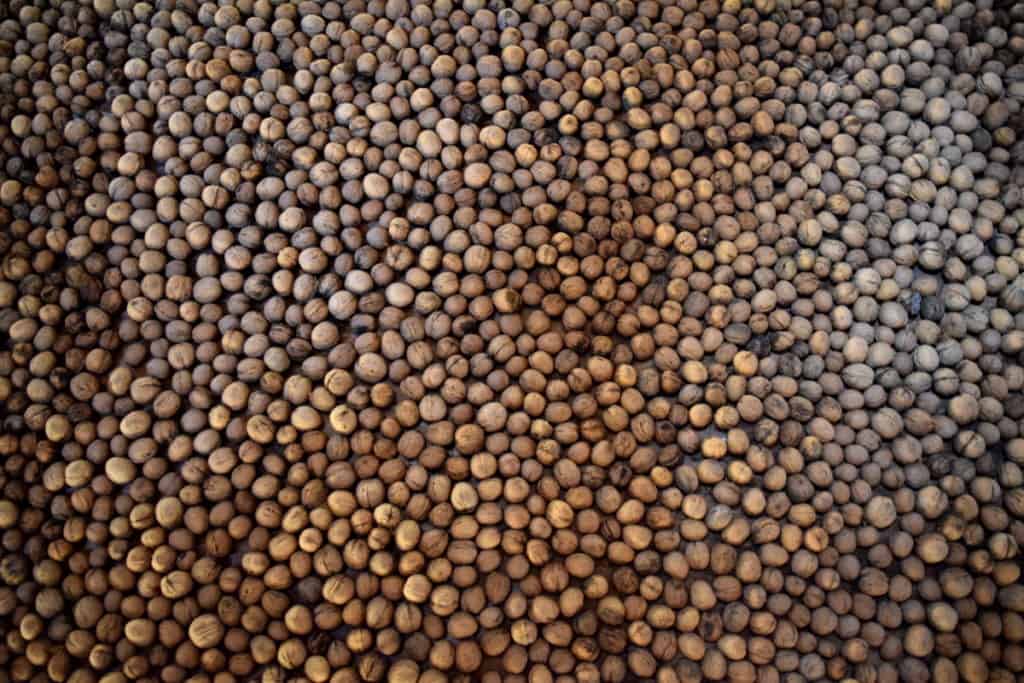
When it comes to nuts, black walnut, if it grows well in your area, is considered to be a great long-term investment.
Nuts can be harvested and potentially sold. But there will also be a second, and much more lucrative yield, once a stand of black walnut is ready to be harvested for timber.
This is a future investment, since these trees generally take around 30 years to reach their prime harvesting time. But since a stand can yield up to $125,000 per acre come timber harvest time, this could be a good option to consider!
It is often stated that black walnut trees are allelopathic – excreting chemicals that affect the growth of nearby plants. However, while there are certainly a number of plants that will not grow well under walnut trees, there are plenty of other plants that will grow there quite happily.
Hybrid Chestnuts:
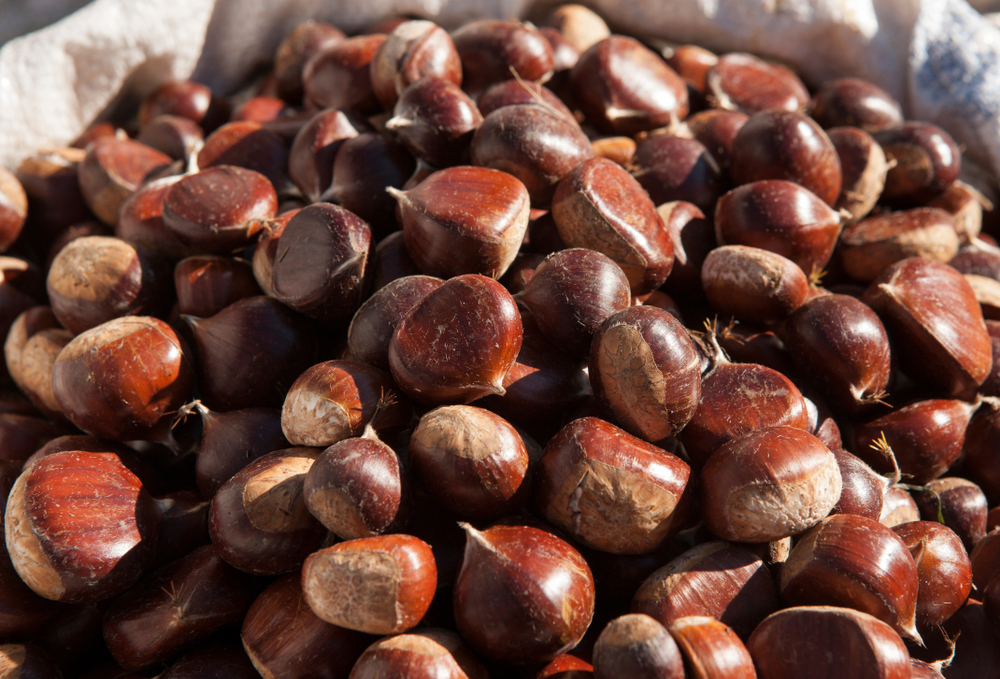
Another interesting and potentially profitable nut tree to consider is the blight resistant hybrid chestnut.
This combines the best qualities of the American and Chinese varieties, and can be grown in most parts of the US.
One of the great things about these trees is that they can be grown on marginal land that is not suitable (ie – is too poor in nutrients or too steep) for other plants.
These trees can produce 2,000-3,000 lbs of nuts per acre, and like walnut, they also have a high timber value at maturity.
Tips for Increasing Profit from Fruit or Nut Trees
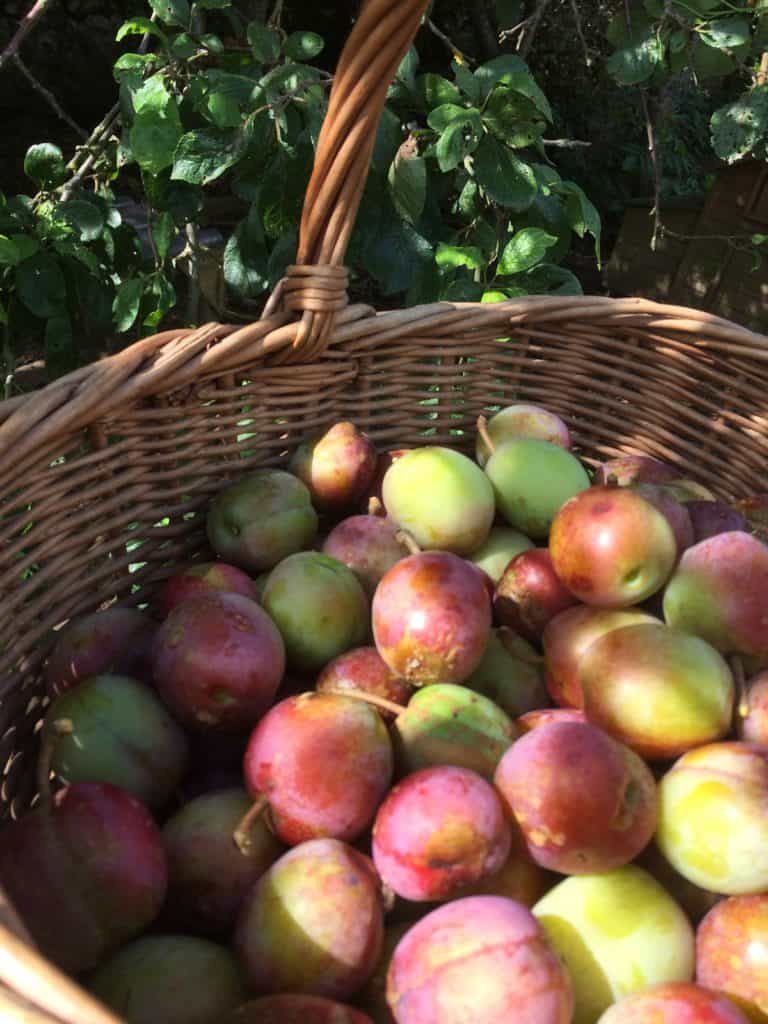
- Maximise yield through creating guilds of companion plants to aid your fruit and nut trees.
- Diversify – choosing multiple types and varietals. (To reduce loss to pests/ disease and maximise chances of success each year.)
- Choose a niche, and specialise in particular varieties of heritage fruit, rather than major commercial crops.
- Consider going into grafting, and producing new, more reliable cultivars for your region.
- You could also think about creating a nursery area and selling on fruit trees. (Dwarf fruit trees are particularly popular with homeowners looking for a single tree for small gardens or patios.)
- Maximise profits by finding new ways to make use of windfalls.
- Increase fruit production by learning how to prune correctly. Here’s our guide for apples and pears, and here’s our guide for plums.
- Process fruit or nuts to make higher-profit goods to sell, rather than just selling fruit directly.
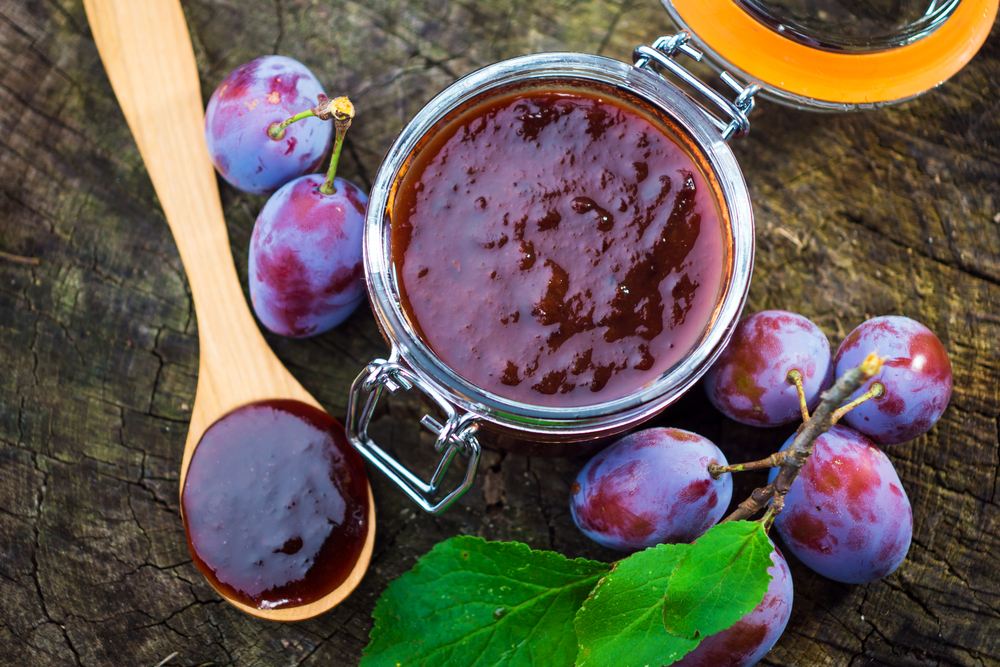
For example, you could make jams, jellies or other preserves. You could make fruit pies or other desserts or baked goods to sell to local shops, markets and restaurants. Another option could be making fruit juices, ciders or fruit wines.
In certain parts of the world, you may also be able to consider increasing profits from a fruit tree orchard by inoculating your trees with truffle mycelium – and creating the potential for high value truffles to form beneath and around the stand of trees.
2. Growing Trees For Timber

Above, we have already discussed the high value of the timber from black walnut and chestnut trees. But there are also a range of other trees that can be profitable when grown primarily for their timber value.
When growing trees for timber, there is usually a trade off to consider between speed of growth (to bring profits forward and replenish stocks) and the quality and value of the harvested timber.
There are two ways that you can go when trying to make money from timber.
- Firstly, you could think long-term, and plant trees for high-value timber that will not be harvested for quite a long time.
- Or, alternatively, you can consider fast-growing trees, that can be coppiced or felled on a fairly frequent cycle, to provide a faster turnover of less profitable wood.
Both of these options have both pros and cons, but both are worth some consideration.
Some of the Most Profitable Hardwood Trees for Timber
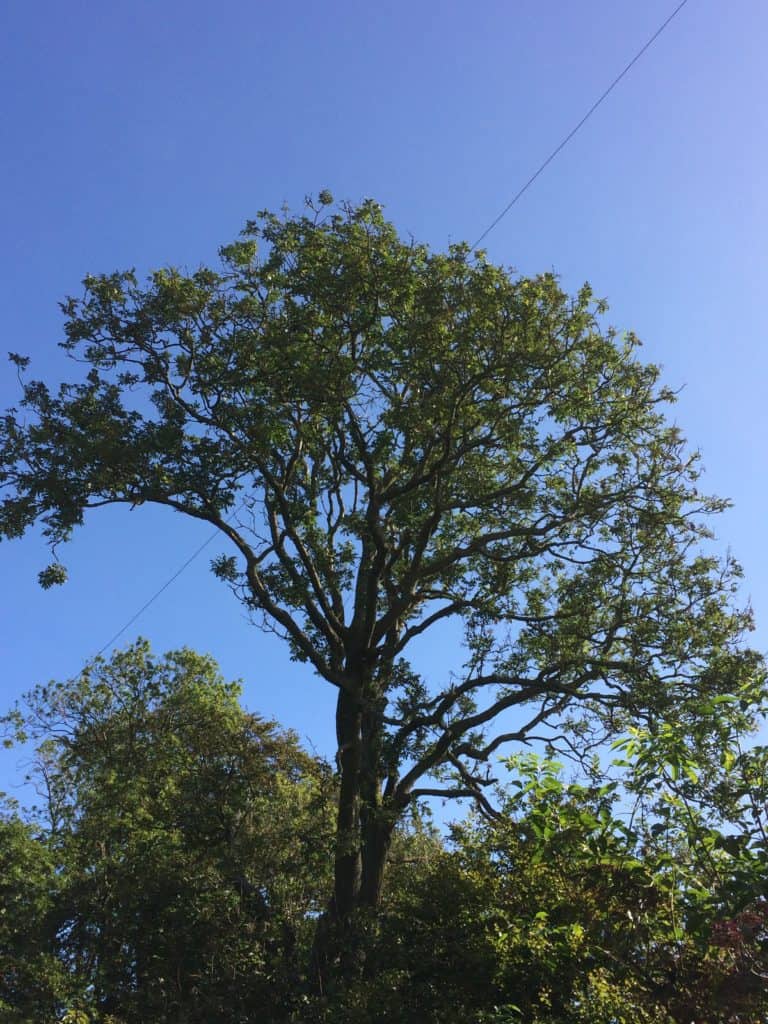
In addition to the hardwoods of black walnut and chestnut trees, other profitable hardwood trees include:
- Red Oak Trees & Other Oaks
- Black Cherry
- Hickory
- Maple
- Red Alder
- Sycamore
- Willow
- Birch
- Beech
- Ash
Hardwood trees, interestingly, are not defined by the hardness of the wood. Some hardwoods actually have softer wood than softwoods. But they have a higher density than softwoods, due to their speed of growth, which is generally slower.
Most hardwood trees are deciduous – dropping their leaves for winter. Of course, different hardwoods are best suited for different climates and conditions – you must choose the right trees for where you live.
It is, naturally, important to bear in mind, when choosing hardwoods to grow, the length of time that you are willing to wait for financial ‘pay off’ to your investment. (Or whether financial payoff is actually your primary goal at all.)
The highest payoff comes from leaving a stand of trees to mature fully, which may mean that you are making an investment not for yourself, but for your children or grandchildren.
The Value in Leaving Trees Standing Long-Term
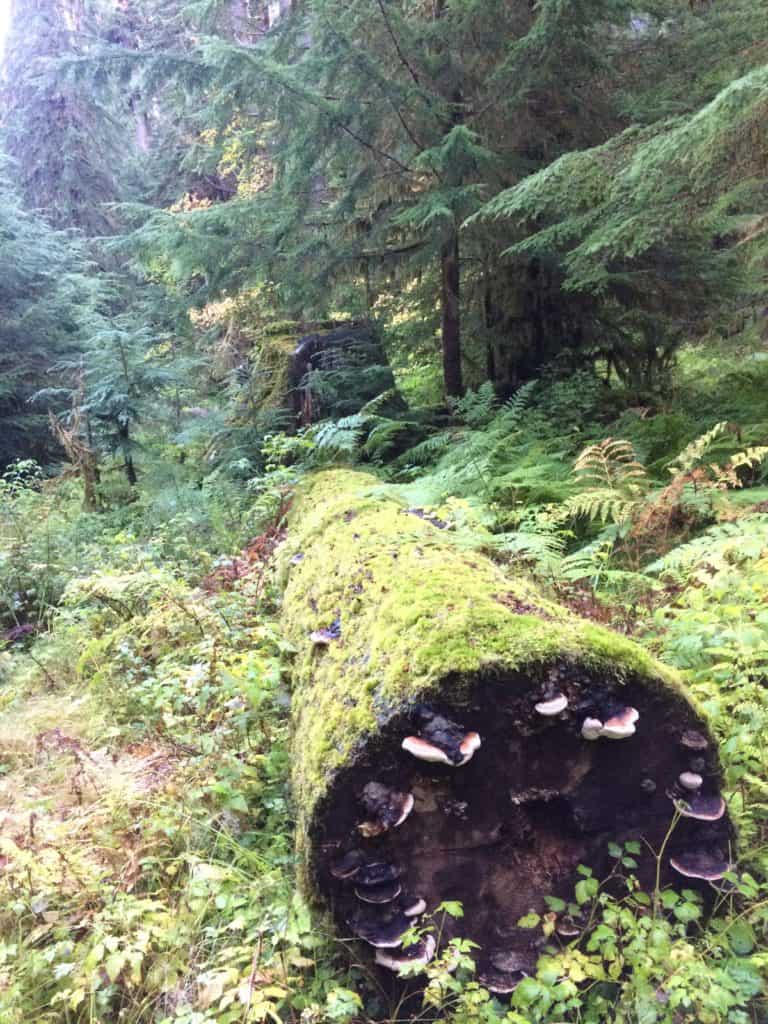
By managing, but maintaining, a hardwood forest, with a mixed stand of deciduous trees, you will of course be adding great value to your homestead. But trees in a forest ecosystem provide the greatest value when they are left living.
Selective and judicious felling (not clear felling) could allow the precious natural environment to thrive while still providing a supplemental source of income as trees are thinned to allow others to reach their full size.
Remember, however, that a plantation is not a forest. In order to develop a true forest you will need time, and will need to leave dead wood in place to feed the system and allow the intricate fretwork of organisms and interactions to form.
A true forest’s value is difficult to quantify in traditional financial terms – for for people and planet, the value of these pivotal ecosystems in beyond pearls.
Timber can be an eco-friendly, renewable resource, as long as forests are truly managed sustainably. Many places, unfortunately, where practices are said to be ‘sustainable’ actually they are not. Remember, planting new trees in mono-crop stands can not make up for the loss of mature ‘real’ forests.
Some of the Most Profitable Softwood Trees for Timber
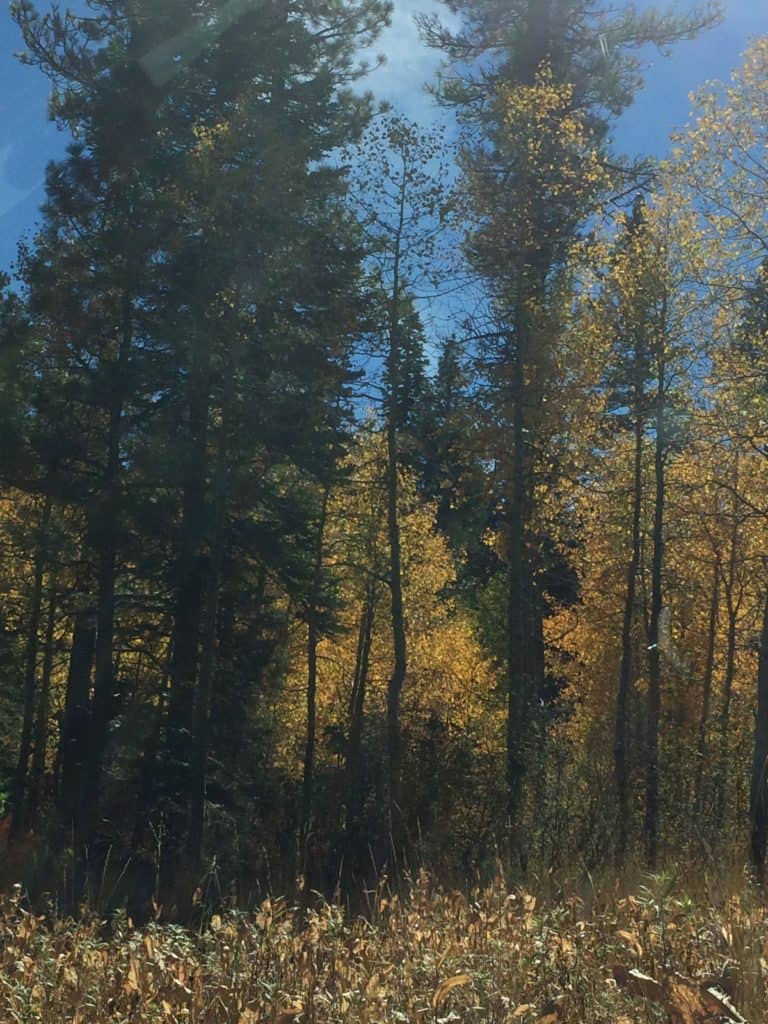
Softwood grows much more quickly than hardwood, and so, while the value of the timber is lower, you will be able to harvest more of it over a given period of time.
Softwood trees account for around 80% of the world’s production of timber. It is commonly used for things like structural framing, flooring, decking, poles, grilling planks and paper pulp.
Examples of softwood trees include:
- Pines
- Cedar
- Cypress
- Douglas Fir
- Spruce
- Larch
- Hemlock
- Redwoods
Again, of course, the best trees to grow will be the ones that are best suited to the climate and conditions in your area. (Also, again, it is important to consider that forests have greatest true value when left to stand.)
That said, a sustainably managed, mixed softwood plantation could provide a renewable source of income on your property.
Tips for Increasing Profit from Trees Grown for Timber

- Create polyculture forests, not mono-crop tree plantations. (Consider mixing conifers with deciduous trees).
- Think long term, and consider other forms of value and profit.
- Choose trees best suited to the climate and conditions where you live.
- Selectively fell rather than clear felling.
- Coppice trees to manage forests or woodland sustainably. (More information on coppicing in the section on firewood below.)
- Consider managing and harvesting the timber yourself rather than employing specialists to do it. (Be careful, as this can be dangerous work, especially when using a chainsaw. But learning forestry and/or wood processing and woodworking skills could be valuable on your homestead.)
- Think about small-scale uses for the wood you cut. Finding a niche can often be key to profitability for smaller scale growers. (For example, a local furniture maker, musical instrument maker, craftsman or carpenter may make use of timber, and selling to small businesses or hobbyists may actually be more profitable than selling for larger scale projects or construction.)
- Diversify into wood processing and/or woodworking, so you yourself can turn the wood you grow into higher value items to sell. You could, for example, make your own greenwood or rustic log furniture, boxes, or smaller craft items.
3. Growing Trees For Firewood
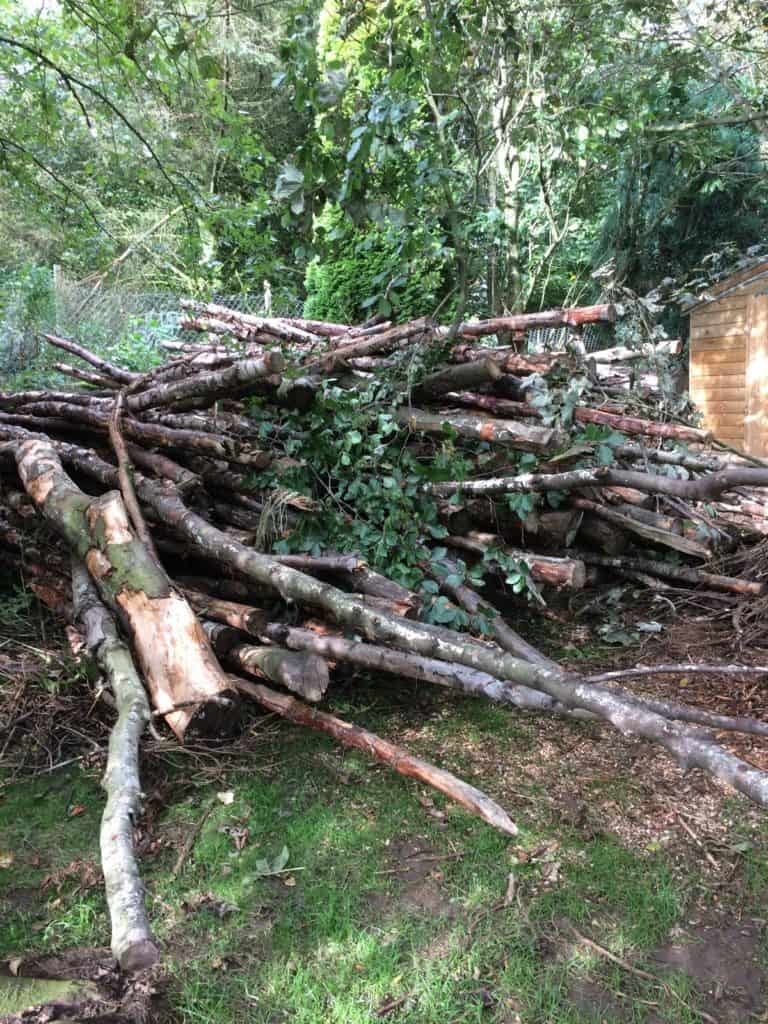
Trees can be a useful and renewable source of fuel. Certain trees, of course, are better suited for firewood than others.
A standing forest can be sustainably managed in order to produce a source of heating fuel for your homestead, and may also produce enough firewood to allow to to sell some as an additional source of income.
The Best Trees to Grow for Firewood

Hardwoods, being more dense, will burn hotter and for longer than softwoods. However, softwoods can also be useful for getting a fire started.
Good hardwoods for wood burning stoves and boilers may also have other yields. For example, apple, cherry and black walnut trees all provide an edible yield but also make good, fragrant and slow burning logs. Other good trees to choose for firewood include:
- Ash
- Oak
- Beech
- Ironwood
- Sycamore
Faster growing trees can also be considered for firewood. These burn more quickly, but since they will grow more quickly, you can also get a more plentiful supply. Examples include:
- Birch
- Hazel
- Hawthorn
- Alder
Coppicing Trees for Firewood
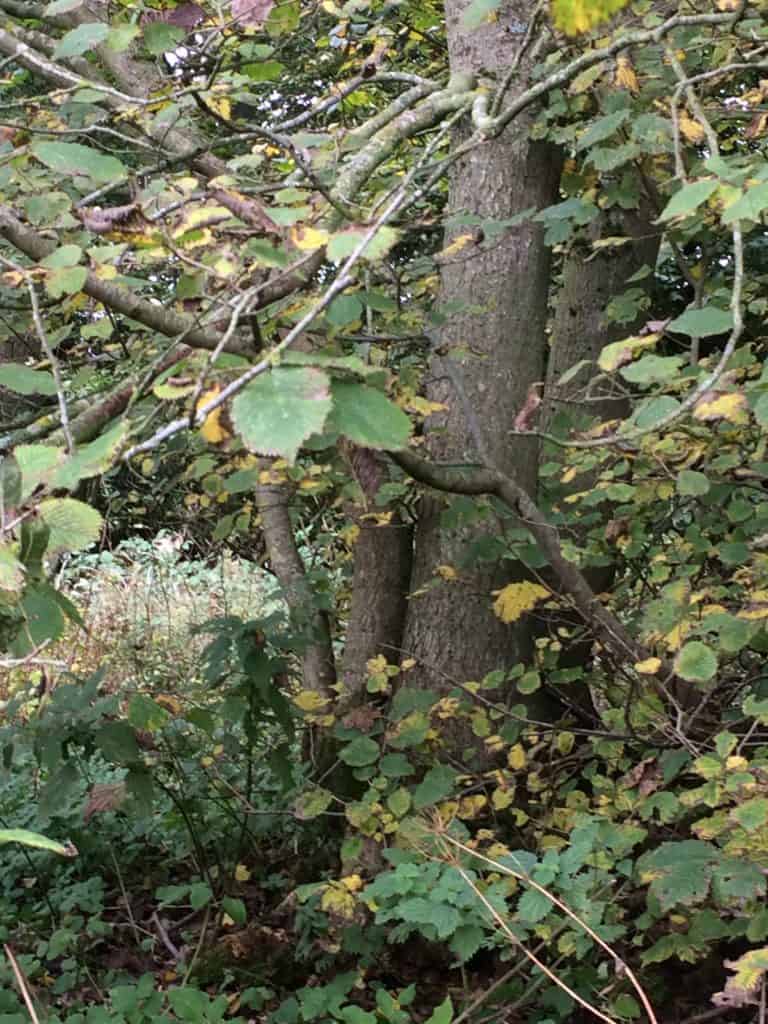
A sustainable form of woodland or forest management, coppicing is a way to get a yield of firewood from a stand of trees without having to clear fell the area.
It is one of the ways that you can help to ensure that you have a sustainable, renewable system for firewood, whether it is just for your homestead, or to sell for profit.
In a coppicing system, trees are cut down close to the base, which encourages multiple new trunks or branches to form. These are then harvested on a rotational system, so that the ecosystem is maintained.
Many different trees are suitable for coppicing systems, including firewood trees like oak, ash, alder, hazel etc.. The best trees to choose will, again, depend on where you live and the climate and conditions in your area.
Note, in addition to coppicing trees for firewood, you could also consider coppicing trees to provide:
- Handles for tools, or other niche products.
- To produce ‘whips’ for basketry or stakes for fencing etc.. (Willow is one popular tree for whips, hazel is great for stakes.)
- Material for chipping, to use as an abundant source of mulch for growing areas. (Elder can provide a source of mulch, and is one of the few fast-growth coppicing candidates that also provides a food source.)
Seasoning Firewood
Whether you are growing trees for firewood for your homestead, or for sale, it is important to understand that it must be properly seasoned in order to be effective and fuel-efficient.
Seasoning firewood is basically leaving it for a period of time so that the water content of the wood is reduced, or drying it in some way.
(Bear in mind that naturally seasoned wood is better for the environment than kiln dried, though the latter is often more readily available, so if you naturally season wood in a more eco-friendly way, this could be your unique selling point.)
While seasoning is more important for some woods than for others, it is a good idea to season all firewood before it is used. (Seasoned wood will also yield a higher profit when sold, especially kiln dried wood.)
Here’s our total guide to properly seasoning (and storing) firewood.
Read Next: 10 Clever Ways To Find Free Firewood
Tips for Increasing Profit from Trees Grown for Firewood
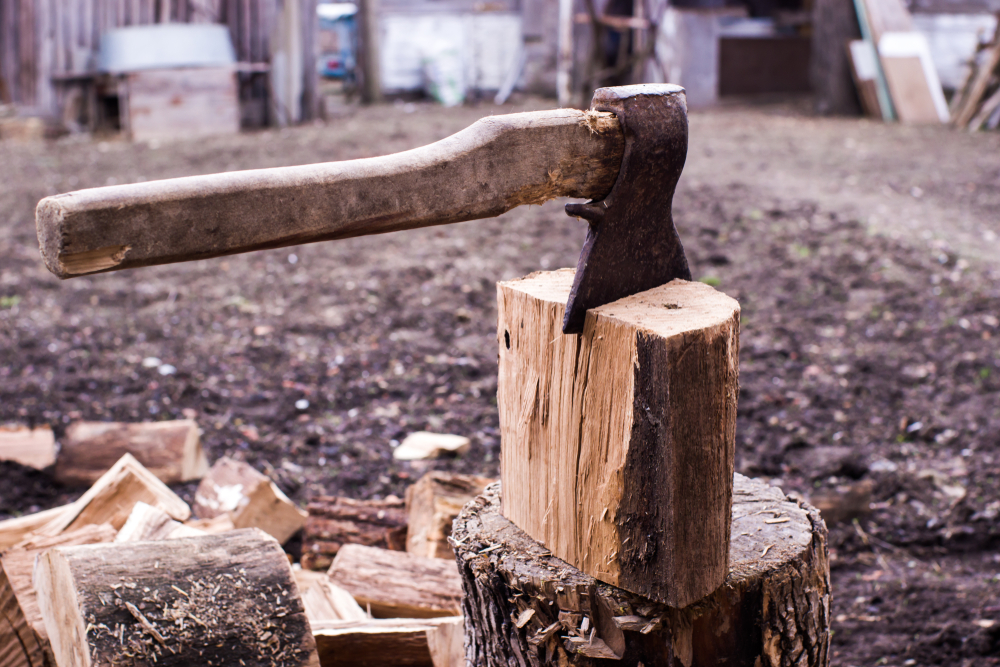
- Choose the right high-quality firewood trees for your area.
- Make sure you have a sustainable source of income for years to come by managing your woodland or forest sustainably through coppicing and other methods.
- Cut and split firewood yourself before sale.
- Season the firewood you grow before you sell it.
- Consider making use of byproducts. (For example, wood chip/ sawdust/ wood shavings can be formed into patties or pellets with wax in order to create eco-friendly firelighters that you could also sell.)
4. Growing Saplings To Sell On
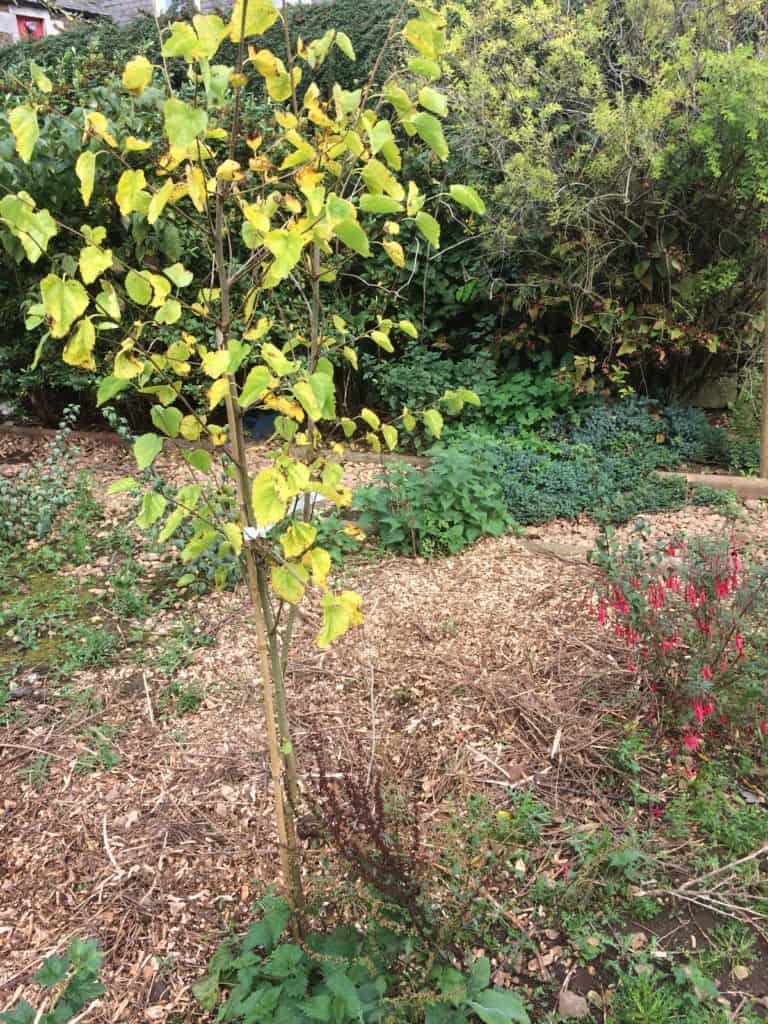
We’ve now discussed how you can make money from growing trees for edible yields, for timber and for firewood. But if you are short on space, you may not have a lot of land available to grow trees to full size for these purposes.
One other money making option to consider (especially for smaller homesteads) is growing saplings suitable for each of the above uses that you can sell on to other homesteaders, farmers and gardeners.
Growing saplings involves far less investment in space than growing full-sized trees, and could be a good way to maximise profits from the land you have available.
It is worthwhile considering the fact that saplings can be grown in the ground, but they can also be grown in containers.
Tips for Increasing Profit from Saplings
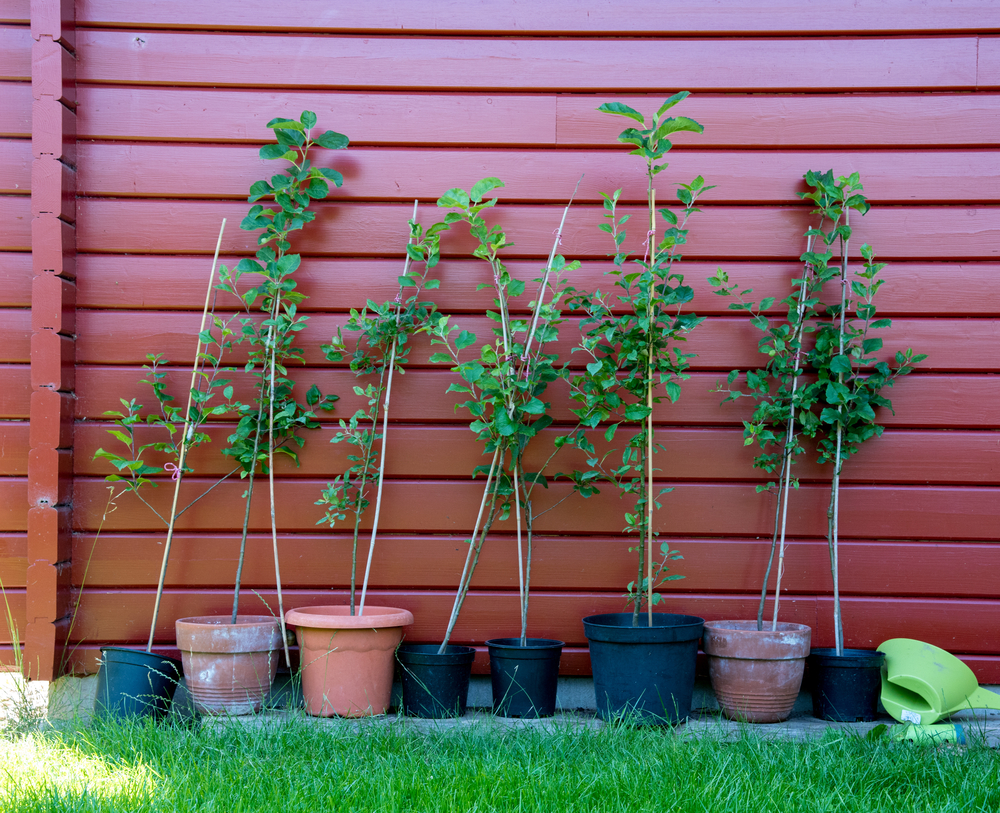
- Choose saplings that grow well in your area, and are in demand with local growers.
- Sell pot grown as well as bare-root saplings for higher profits.
- As mentioned above, selling on fruit trees (especially dwarf fruit tree varieties for patios and small gardens) could be a lucrative business. Choose heritage cultivars.
- Consider protecting saplings/ young trees with a polytunnel or fruit cage.
- Create your own compost/growing medium to reduce costs when container growing.
5. Growing Ornamental / Bonsai Trees
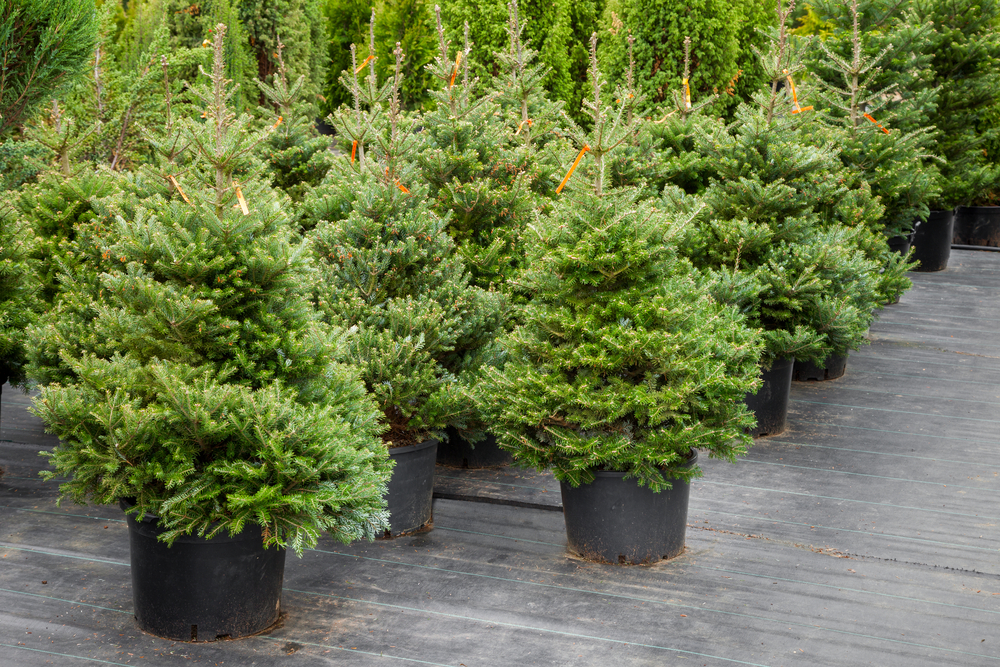
You can also consider selling growing trees to gardeners or homesteaders for ornamental or other applications.
Instant shade trees/ specimen trees can be lucrative options that you could consider growing and selling. Popular and profitable options (to sell in 10-15 gallon pots) include:
- Red Maples
- American Elms
- Common Locusts (especially thornless cultivars such as ‘Shademaster’ and ‘Sunburst Locust’)
- Flowering Dogwoods
- Japanese Maples.
Another option is to sell live or cut ‘Christmas trees’. With an ever-growing awareness of the problems with plastic, real trees are on the rise, and artificial trees are becoming less and less popular.
Finally, bonsai trees are also on trend. The bonsai business is booming, as more and more city dwellers latch on to the idea that they can grow a tiny tree in even the smallest of spaces.
You could perhaps consider growing and selling bonsai trees from your property. Since these take up very little space, they could be a perfect choice to generate profits on a small homestead.
Tips for Increasing Profit from Ornamental/ Bonsai Trees
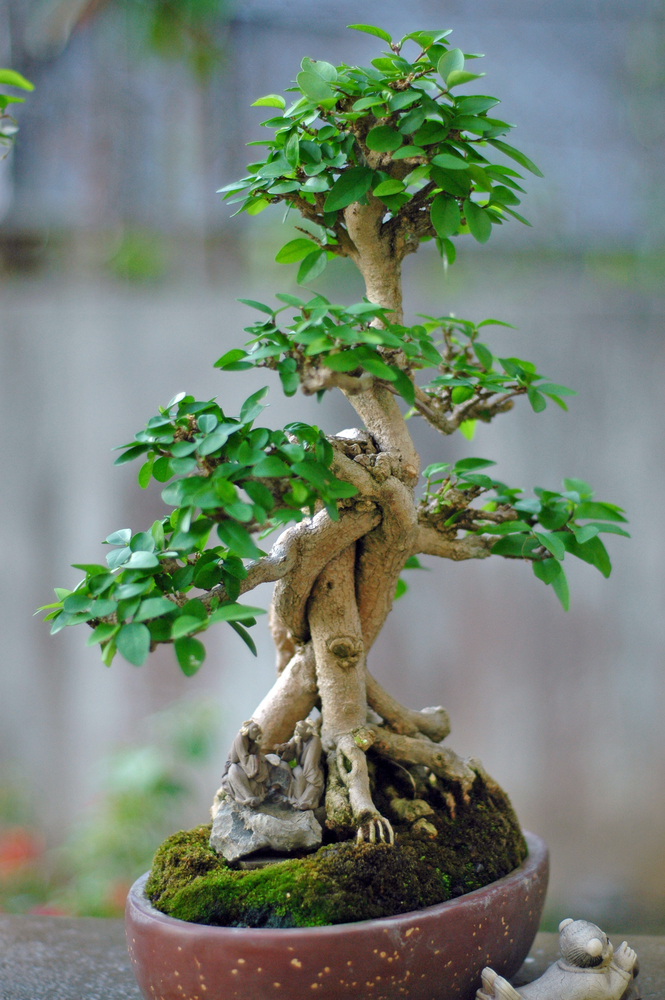
- Research the market and choose the most profitable trees for your area.
- Broaden your market by branching out into online sales.
- Diversify from Christmas trees into other seasonal decorations and festive plants.
- Shape or train specimen trees/ bonsai trees for higher financial yield.
Other Financial Yields From Planting Trees
One final thing to consider is that we should not just value trees for the tangible yields that they can provide, but also for the intangible ones.
We can get immense amounts of satisfaction, pleasure and even joy from being around them. They can enrich our lives on our homesteads. But those trying to make money from growing trees could also consider that the fact that human beings enjoy being around trees can yield financial profits too.
Consider:
- Planting trees to create landscaping around campgrounds or other accommodation on your homestead, to diversify into the travel/ eco-tourism industry.
- Using standing woodland or forest for educational or training purposes. (For example, running workshops or courses related to forest gardening/ orchard maintenance/ coppicing etc. could provide another revenue stream for your property.)
- Creating beautiful forest/ woodland spaces for events (weddings, seminars, business outings etc.).
- Establishing a tree-based attraction. (For example, a tree house/ adventure playground for kids, a zip line, a wildlife watching tree-top boardwalk etc…)
As you can see from the above, there are plenty of ways, if you are sensible, to make money growing trees.
Making the right choices when choosing and planting trees can help you maximise the profits you can make on your homestead.

Get the famous Rural Sprout newsletter delivered to your inbox.
Join the 50,000+ gardeners who get timely gardening tutorials, tips and tasks delivered direct to their inbox.

